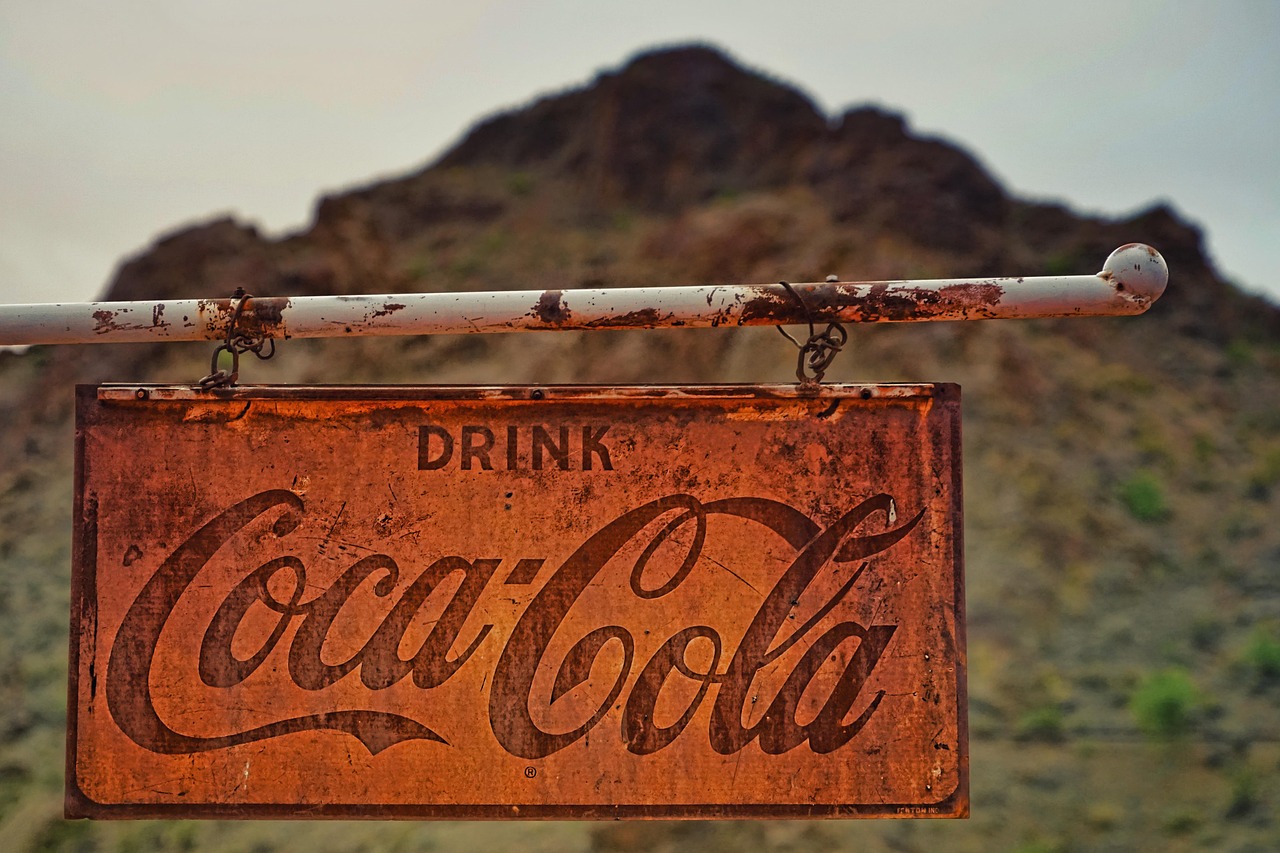
Advertising
Advertising during the 19th century, soap manufacturers were among the first to launch major advertising efforts. Pears Soap hired Thomas J. Barratt as its brand manager—an unprecedented role at the time. He not only created slogans and imagery but also brought in West End actress and socialite Lillie Langtry as the brand’s face, making her the first celebrity to endorse a product commercially. Modern advertising practices grew out of the tobacco industry in the 1920s, particularly through the campaigns of Edward Bernays, often regarded as the father of contemporary “Madison Avenue” advertising.
Global ad spending in 2015 was estimated at about US$529.43 billion. By 2017, the projected breakdown was 40.4% for television, 33.3% for digital platforms, 9% for newspapers, 6.9% for magazines, 5.8% for outdoor media, and 4.3% for radio. The five largest advertising agency networks worldwide are Omnicom, WPP, Publicis, Interpublic, and Dentsu.
Read more about Mobile App Development
Read more about Advertising Agency
Advertising agency
The earliest recognized advertising agency was founded by William Taylor in 1786. Another pioneer, James “Jem” White, established an agency in 1800 on Fleet Street in London. His company eventually became White Bull Holmes, a recruitment advertising firm that closed in the late 1980s. In 1812, George Reynell, an officer of the London Gazette, launched another early agency in London. This family-run business, later called Reynell & Son, operated until 1993, after which it became part of TMP Worldwide under the name TMP Reynell. Charles Barker also created an agency in the early 19th century, which continued trading as Barkers until 2009, when it entered administration.
In the United States, Volney B. Palmer founded the first American advertising agency in Philadelphia in 1850. His agency focused on placing client-produced advertisements in newspapers.
Digital advertising
Display advertising communicates its promotional message through visual elements such as text, logos, animations, videos, photos, and other graphics. It is widespread across digital platforms, including websites, search engines, social media networks, mobile apps, and even email. The online display advertising industry is largely dominated by Google and Facebook, which together accounted for nearly 70% of digital ad revenue in the United States in 2016.
The primary objective of display advertising is to drive higher website traffic, generate more clicks, or boost recognition for a brand or business. Advertisers often tailor their ads to specific audience characteristics in order to maximize effectiveness.
Amazon advertising
Amazon Advertising (previously known as AMS – Amazon Marketing Services) functions similarly to Google’s pay-per-click model: advertisers are charged only when a shopper clicks on their ad, regardless of whether a purchase is made.
The advertising arm of Amazon has been experiencing rapid growth, especially as it broadens its offerings across the company’s ecosystem. Through Amazon DSP (Demand Side Platform), advertisers can purchase display and video ads programmatically at scale, reaching audiences on Amazon.com, Fire TV Stick, IMDb.com, Kindle devices, Freedive, mobile apps, and even third-party websites and platforms.
Social media advertising
It is important to note the difference between social network advertising and social media targeting. Social media targeting enhances ads by making use of profile data to show advertisements directly to individual users. Social network advertising, on the other hand, involves grouping users into categories that match the advertiser’s chosen audience. More broadly, social media advertising covers not only paid advertisements but also creating content, engaging with followers, and running ad campaigns across social platforms.
Users of social networking sites reveal a wide range of personal data, such as their age, gender, interests, and location. This stored information enables marketers to build targeted groups and personalize their promotions. For advertisers, this means their campaigns can reach specific audiences with higher interest in their products or services. For users, the benefit is that the ads they see are more relevant to their preferences. Beyond demographics, targeting also takes into account user behavior—such as the type of content they interact with and the amount of time spent engaging with it.
Facebook advertising
For local business owners, social media platforms like Facebook provide excellent opportunities not only to connect with Facebook users but also to engage with people in your local area who have an account or page. Promoting your local business through Facebook can also enhance your website’s SEO, improving your visibility on search engines such as Google, Bing, and Yahoo.
If your goal is to share knowledge or provide virtual webinars or online courses, promoting your content on Facebook and other social media platforms is highly effective. Facebook advertising makes it easier than ever to reach users who are looking for educational opportunities or who are interested in the topics you are covering.
Online advertising
Programmatic advertising automates the buying and placement of digital ads on websites and platforms using software, rather than relying on manual human decisions. Ads are chosen and targeted to specific audiences through ad servers, which often utilize cookies—unique identifiers tied to individual devices—to determine which advertisements to display to a user. Cookies can track if someone leaves a site without making a purchase, allowing advertisers to later retarget them with ads from the site they previously visited.
By gathering data from multiple external websites about a user’s online behavior, advertisers can build a detailed profile of the user’s preferences and deliver more precisely targeted ads. This practice of collecting and using user behavior data is called behavioral targeting. Advertisers can also use contextual targeting, which displays ads relevant to the content of the web page. Retargeting, behavioral targeting, and contextual advertising are all strategies aimed at increasing the advertiser’s return on investment (ROI) compared to untargeted ads.
False advertising
False advertising generally appears in two forms: either factually incorrect claims or intentionally misleading statements. Both forms can be presented in multiple ways.Photo manipulation is frequently used in cosmetic and weight-loss advertisements to create misleading impressions of a product’s results. Techniques like airbrushing or adjusting lighting in photographs can make products seem more effective than they are. While some photo editing is appreciated as artistic, it is criticized when it intentionally deceives consumers.
Companies sometimes conceal additional fees to trick consumers into paying more than the advertised price. Fine print may hide these costs, or shipping fees may be excluded from online prices to make products appear cheaper. Hotels may charge resort fees that are not included in the advertised room rate.
Programmatic advertising
Programmatic ad buying occurs when a user visits a publisher’s site. The publisher makes the ad impression available for auction via header bidding and one or more SSPs. A DSP then places bids on behalf of the advertiser, taking into account campaign goals, budgets, ad formats, and other criteria. The publisher automatically awards the impression to the highest bidder—the advertiser/DSP with the top CPM (cost per thousand impressions). The ad is then immediately displayed on the site.
Potential challenges of programmatic advertising include a steep learning curve. Nevertheless, brands that do not embrace programmatic strategies may miss out on the advantages of efficiency, wider reach, improved transparency, and greater accountability.
PPC advertising
Social platforms such as Facebook, Instagram, LinkedIn, Twitter, TikTok, Pinterest, and Reddit also use PPC as part of their advertising options. The amount paid per click varies depending on the publisher, and is influenced mainly by two factors: the ad’s quality and the advertiser’s maximum bid compared to competitors. Typically, better-quality ads are rewarded with a lower cost per click, while lower-quality ads incur higher charges.
Websites can also implement PPC advertising by showing ads when a user’s search term or content matches an advertiser’s chosen keywords. These ads—called sponsored links or sponsored ads—appear on search engine results pages (SERPs) next to organic results or in selected placements on partner websites.



